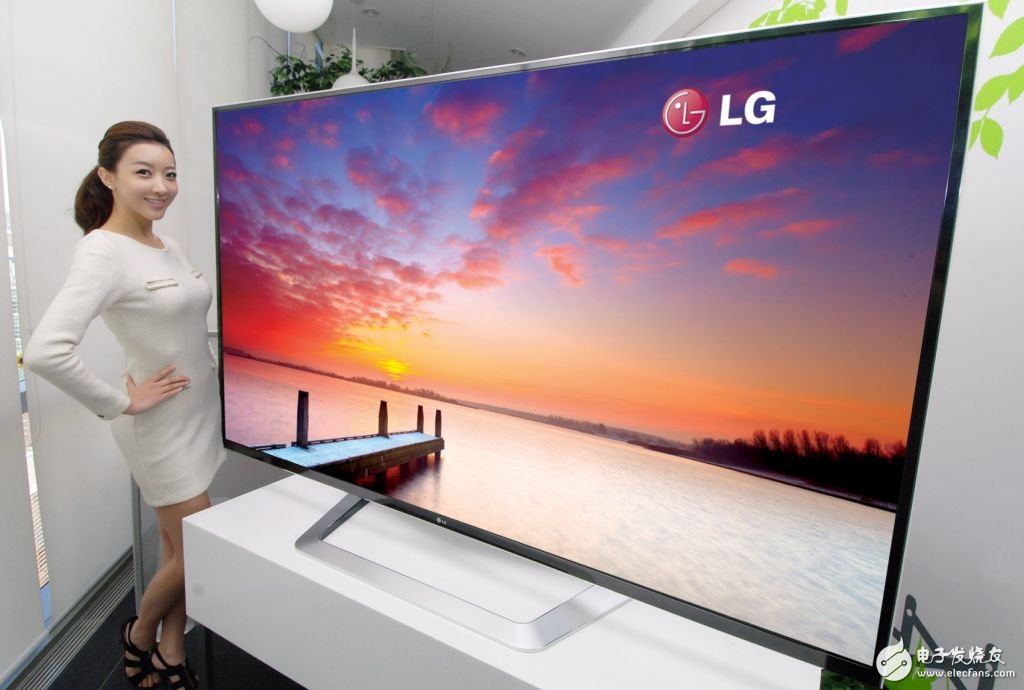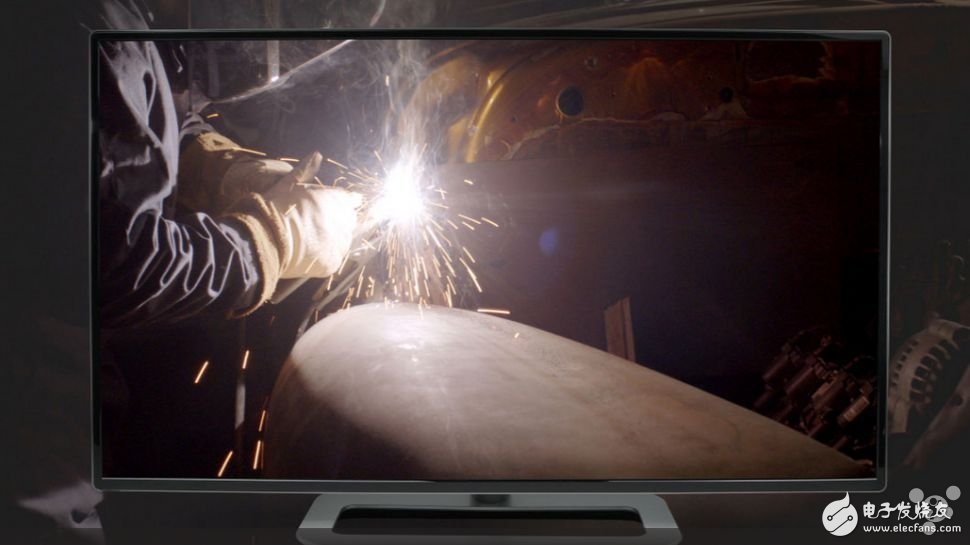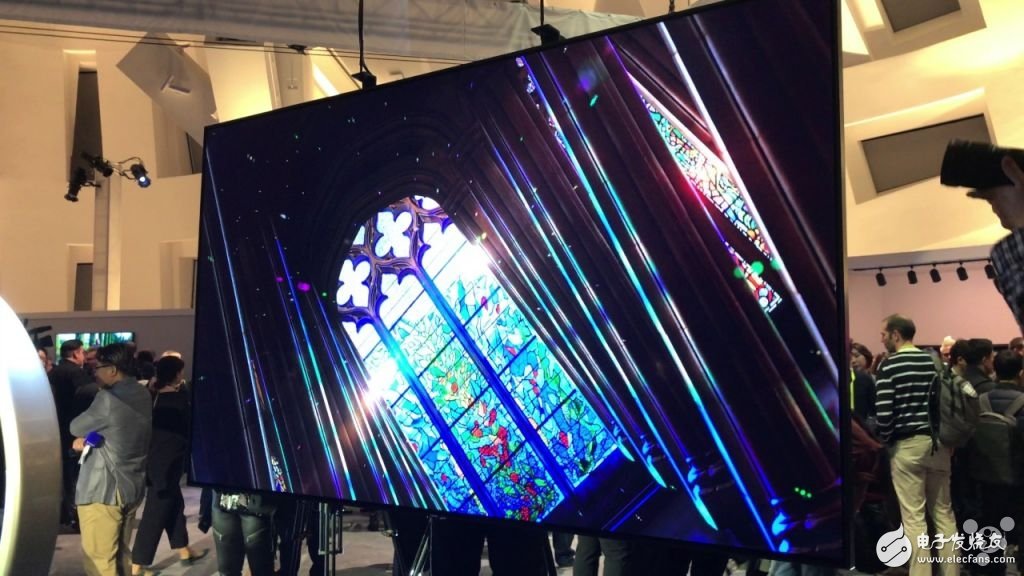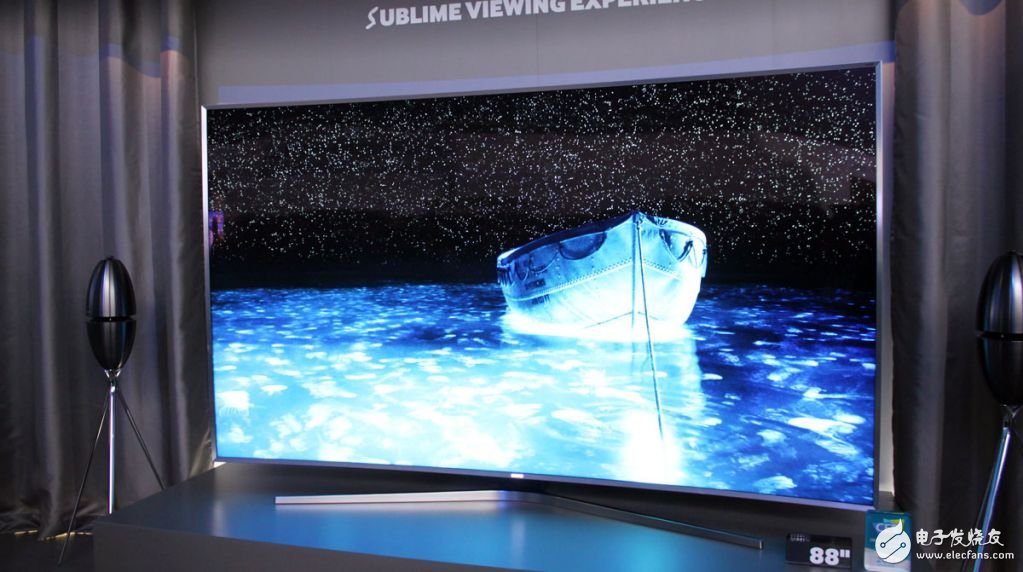The 4K TV craze is still a competition for brightness in the next generation!
Speaking of the TV part of the two sessions of CES in 2016 and 2017, "4K Ultra HD Technology" is of course the core. There is no end to the pursuit of image quality. After being no longer satisfied with 1080p, it is a matter of course that everyone will turn their attention to 4K.

Needless to say, the benefits of 4K ultra-high-definition technology is that the resolution is much higher than the traditional 1080p, which can bring people a higher viewing experience in terms of clarity. Although 4K content will be popularized and it will take a long time until it completely replaces 1080p, there are so many competitors. How can manufacturers who are lagging behind not be quicker?
There is another technology that has to be mentioned, that is HDR. HDR is hailed as "the truly important technology in the 4K era." It can bring stronger contrast performance, more display details, and more vivid and rich color reproduction. If the 4K resolution can only make the picture in your eyes sharper than the original, then HDR brings a new visual experience and an instant improvement in look and feel.
However, 4K and HDR are standard after all, everyone has it. After the competition, everyone started to look for other selling points. Sony ’s flagship TV has a built-in panel that relies on vibration to make sound, LG promotes its minimalist and ultra-thin; Panasonic focuses on professional-level experience, and Samsung has begun to carry the banner of QLED.
So, where is the next-generation TV technology like 4K and HDR that people are chasing and approving? If this technology is likely to be "brightness", would you believe it?
Bright War
Although people are still obsessed with the amazing changes brought about by the increase in resolution, Patrick Giffis, senior vice president of technology from Dolby, said in this CES exhibition that compared to pixels, TV The battlefield for manufacturers to start next is brightness. Whoever can bring a brighter display effect, whoever may be the winner.
The Ultra High-definition Alliance has set a standard for TV products to achieve a standard brightness of 1,000 nits (1 nit is equivalent to the light that a candle can produce). However, Gifis believes that such brightness is not "perfect", and manufacturers will continue to improve in the future. "There is no doubt that the competition of nits has already begun. The next competition will be 2000 nits. I don't think it will take a long time. 4000 nits of display devices will enter the consumer market." He Said.
You may not think that the brightness of the TV is so high, or that the brightness of more than 1000 nits has no improvement in display effect. But according to the technical expert, the increased brightness has a positive effect on the color rendering of the TV, making it richer and fuller.
why? In fact, white is composed of the highest brightness of its constituent colors. If the brightness of a blue pixel is higher, it will be closer to white. In this way, when the brightness of a white pixel is limited to 1000 nits, the brightness of blue and other colors will also be limited, because when the brightness of the latter gradually approaches this limit, they will start It loses its original color and becomes white. This means that the brighter the display, the better the color saturation of those colored pixels at high brightness.
Someone may have a question: Isn't a TV screen that is too bright unbearable? The executive said that Dolby has conducted experiments, and viewers can feel the change in brightness brought by the brightness within the limit of 10,000 nits-this is 10 times the standard set by the Ultra HD Alliance.
Because of this, Dolby ’s HDR standard, Dolby Vision, limits brightness to 4000 nits.
Why not 8K?
Since people are so obsessed with resolution now, why not continue to work hard after 4K and continue to launch TV products with 8K resolution? After all, established manufacturers such as Sharp and LG have shown us 8K-level TVs.
But what we must understand is that a new resolution standard is to be promoted, not that it is all right for TV manufacturers to introduce products. In addition to the display equipment, cable TV, network streaming, and physical discs, these contents must all keep up and are indispensable. This requires all-round progress of technology and all-round follow-up of content. To accomplish this, the project is vast, needless to say that it will be a very time-consuming process. Regardless of 4K, even if we look back at 1080p, there is still a lot of DVD content on the market, and the TV SD channel still occupies a considerable market, which is a good proof.
Not only the content, but also the technology of shooting equipment and storage media must keep up, otherwise the content mentioned before is simply impossible to talk about. If you want to follow up the technology and content in an all-round way, you have to face the conservative resistance of the old technology and people's resistance to new things. There are too many challenges.
Although everyone in the 4K era, whether it is a hardware manufacturer or a software manufacturer, is consciously working hard, it can only be accelerated, not overnight. 8K will face more problems in the future. The equipment capable of shooting 8K video is scarce, and its huge data volume is difficult for general consumers to accept. In addition, the limited living room area of ​​general users is also one of the main reasons that restrict 8K from exerting its own advantages.
Competition has already begun
Of course, we are not saying that the technology related to 8K is useless, it is extremely important in professional fields such as large-scale live broadcasting. NHK of Japan intends to use 8K technology at the Tokyo Olympics. With the further development of future technology, the popularity of higher resolution is certainly not a problem.
But if we say that after 4K everyone started to fight 8K wars, it is really too much. There is still a lot of room for improvement in TV display brightness. It may really be the key point for TV manufacturers to compete next.
In fact, the competition has indeed begun. LG has already announced that its flagship new phone has a brightness 15% higher than the previous generation when it releases new TV products. Samsung ’s new flagship uses QLED technology. Officials claim that its peak brightness can reach between 1500 nits and 2000 nits. What amazing effect will 4000 nits bring?
Bone Cement Injection,Bone Cement Delivery,Orthopedic Surgical Instrument,Bone Cement Syringe
Dragon Crown Medical Co., Ltd. , https://www.dragoncrownmed.com